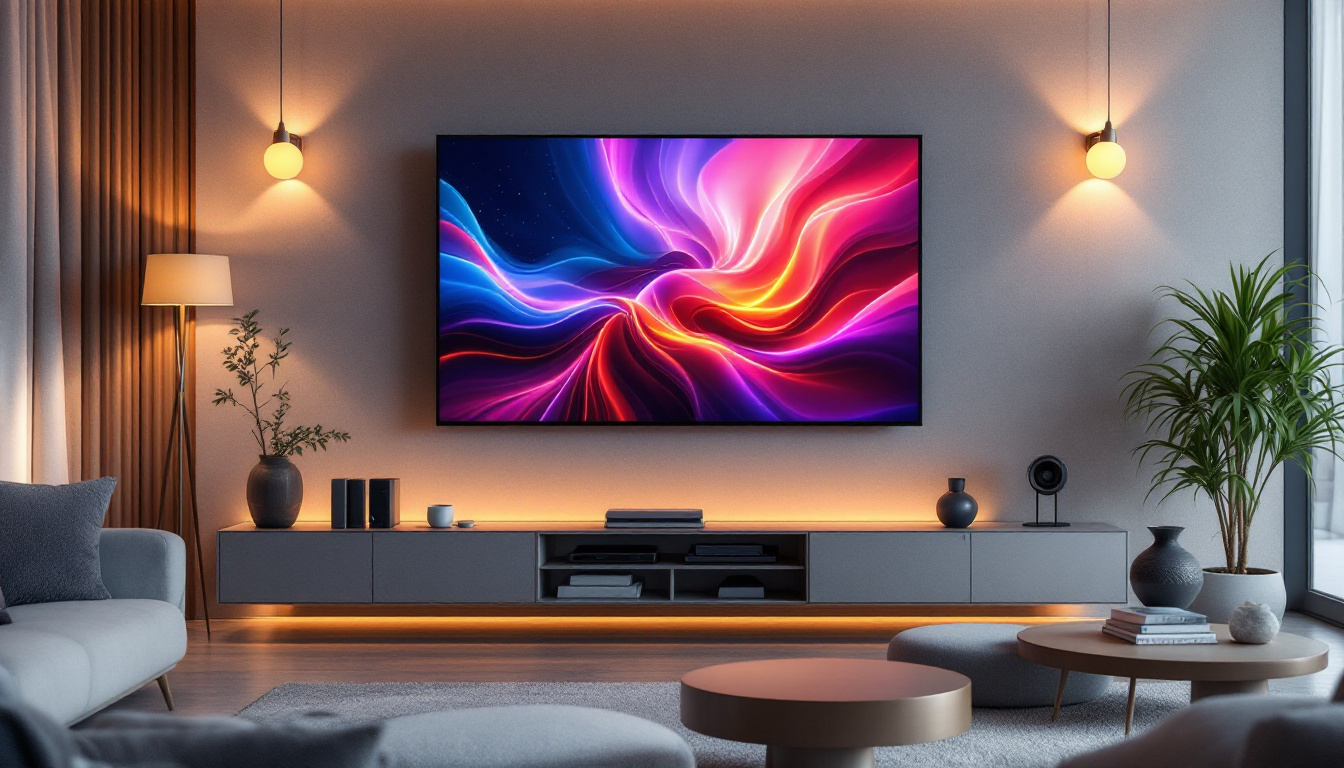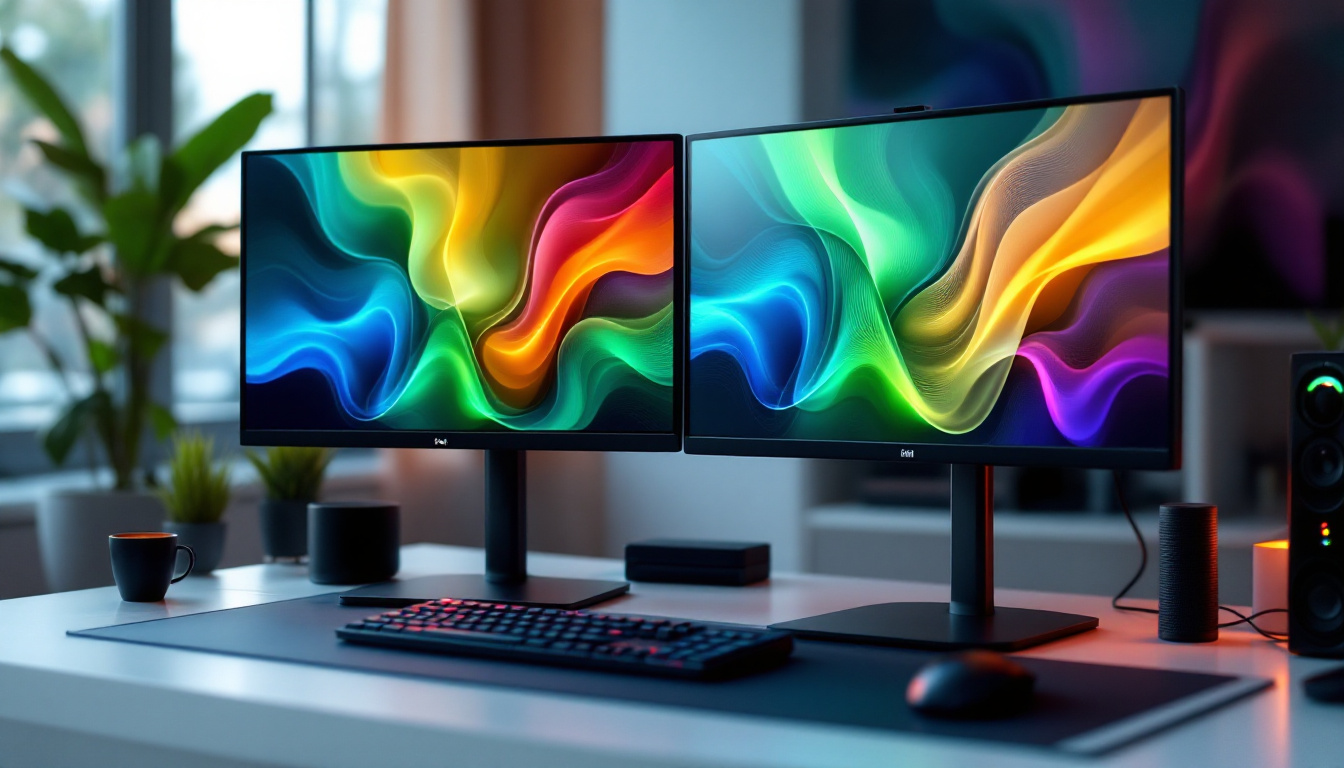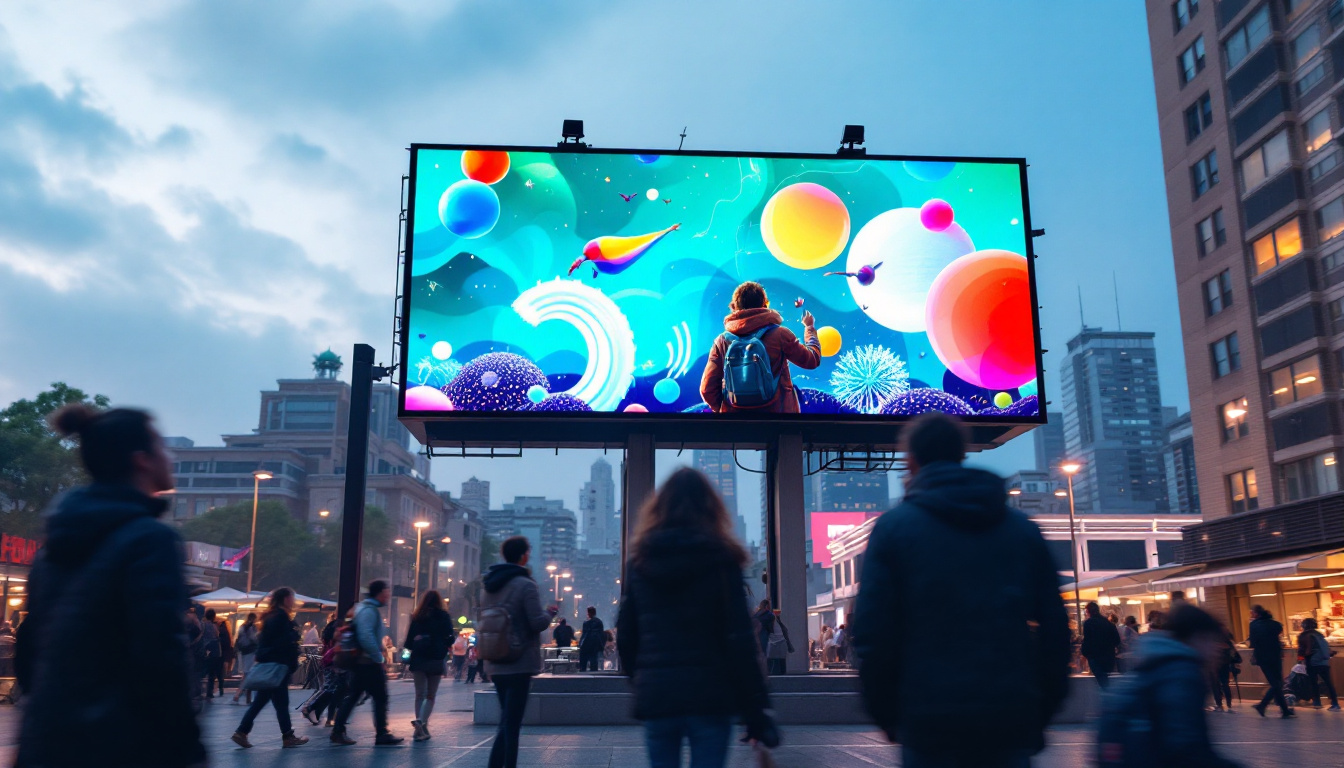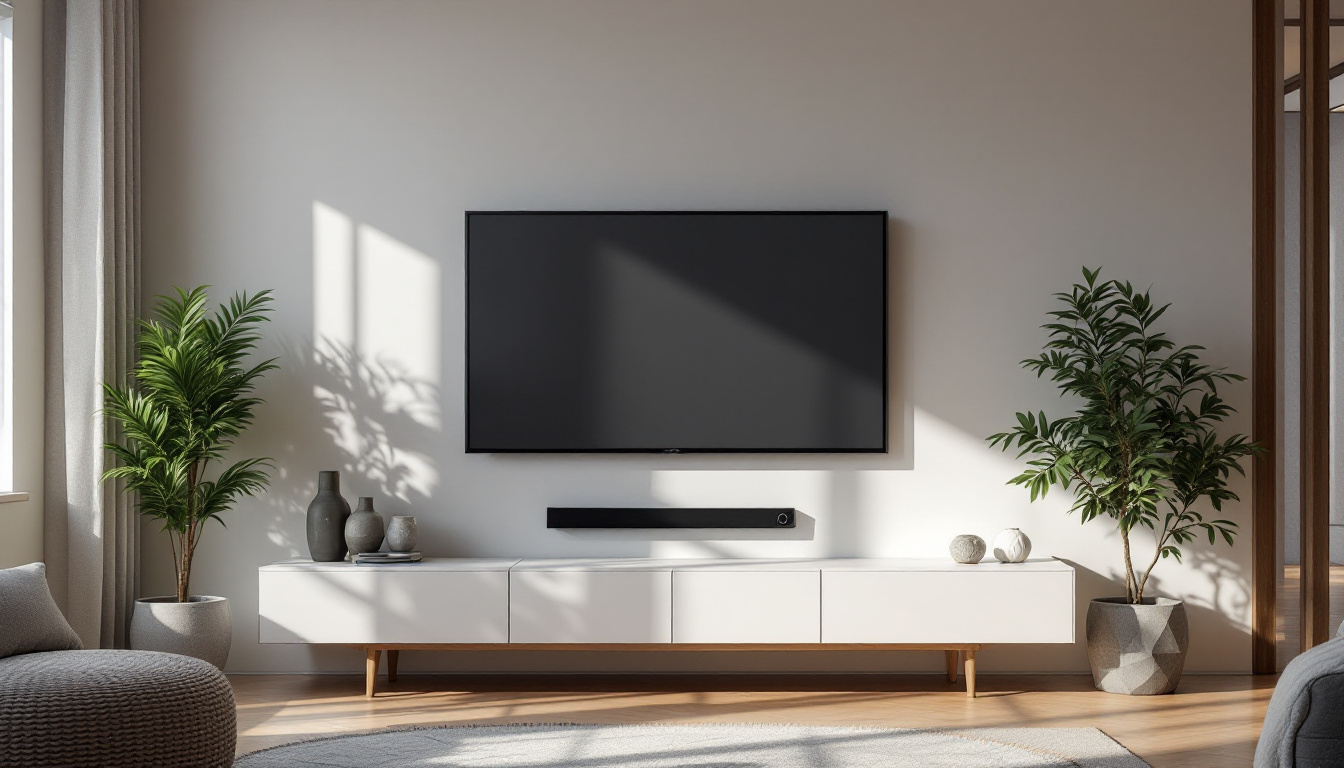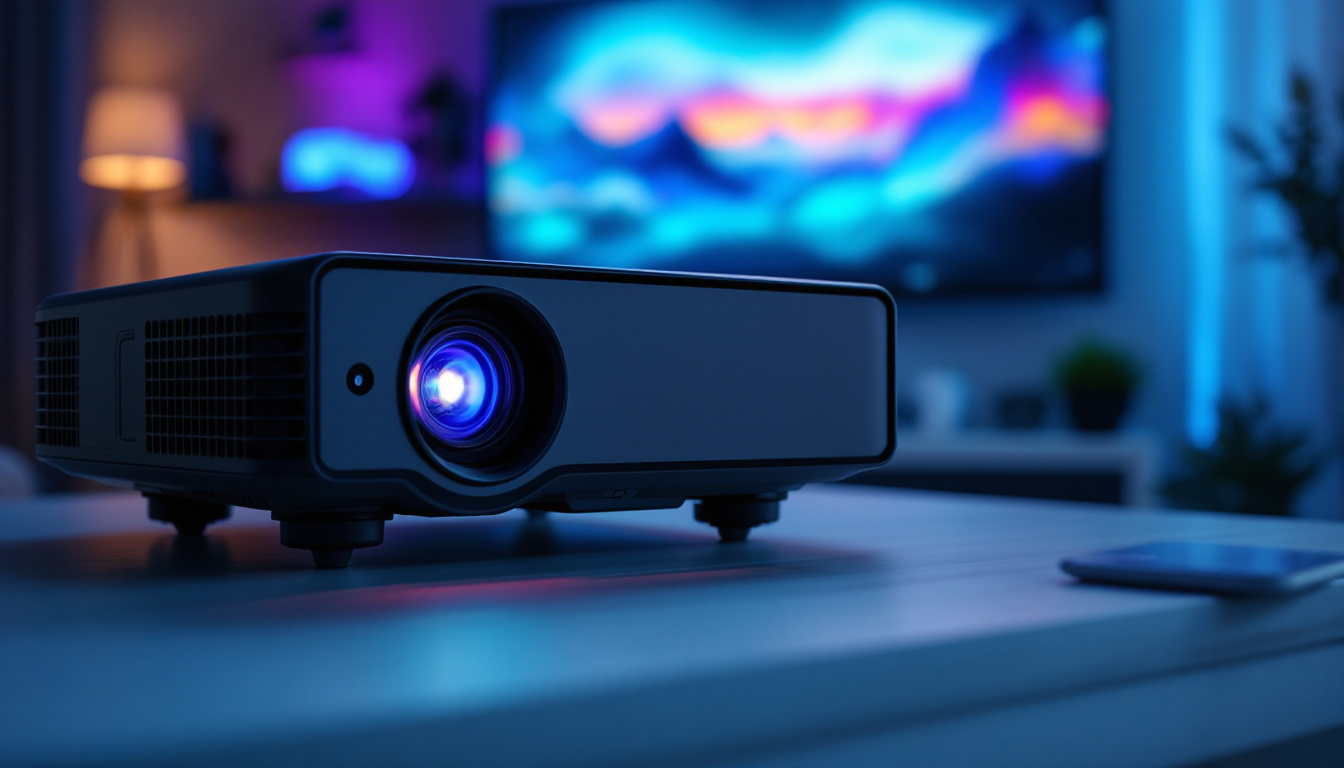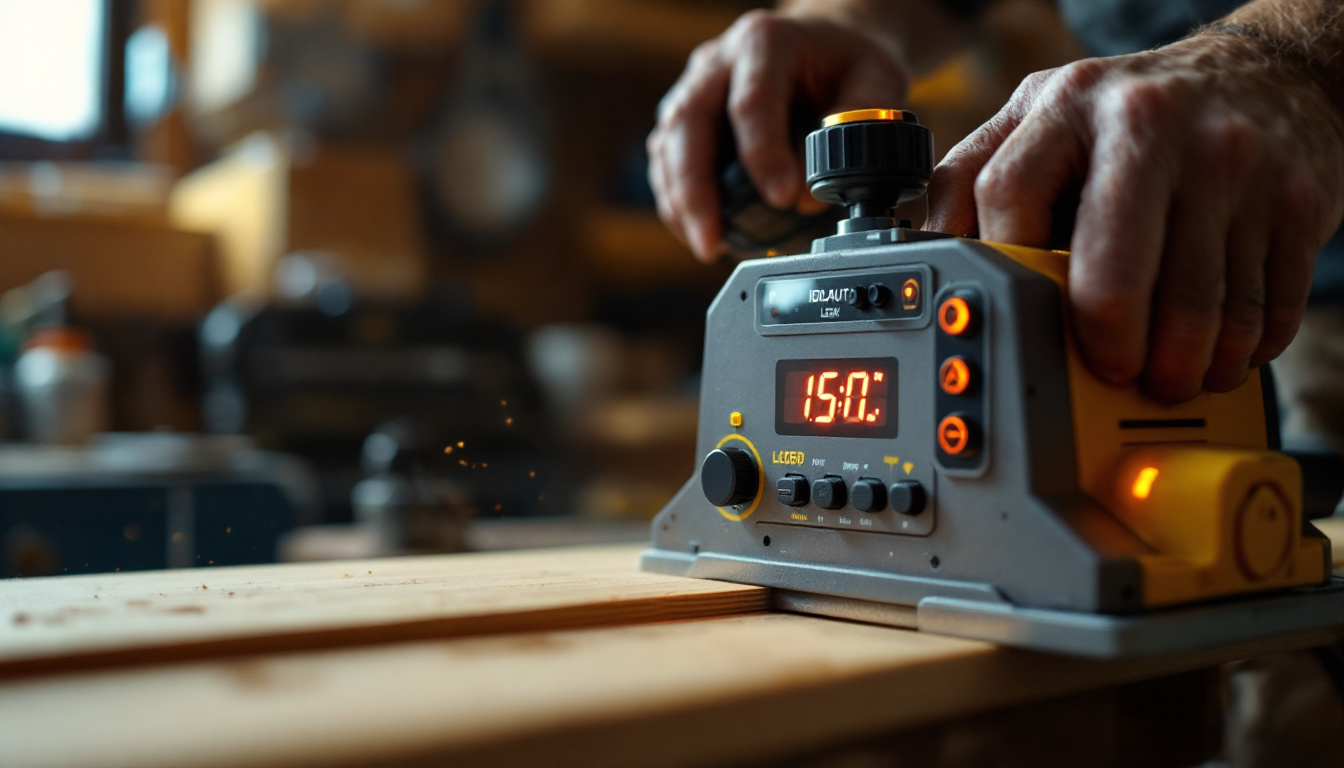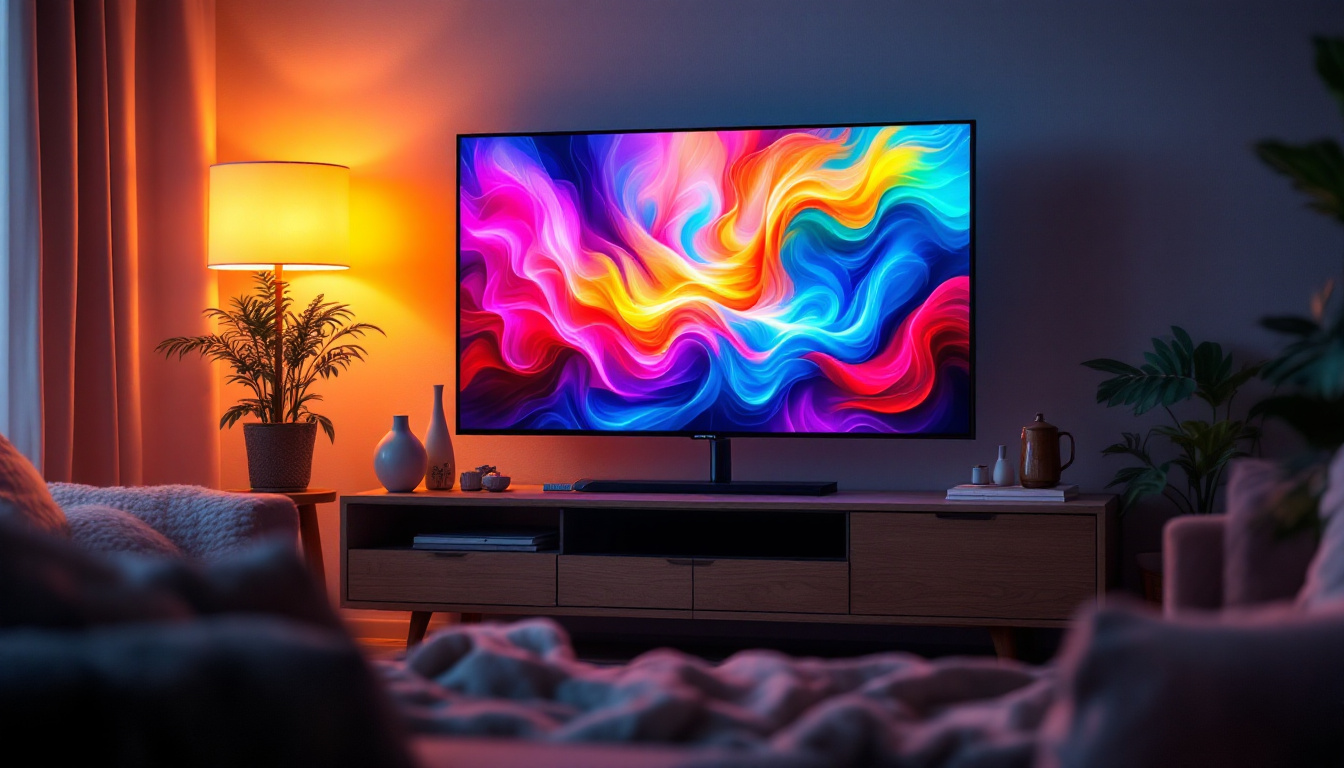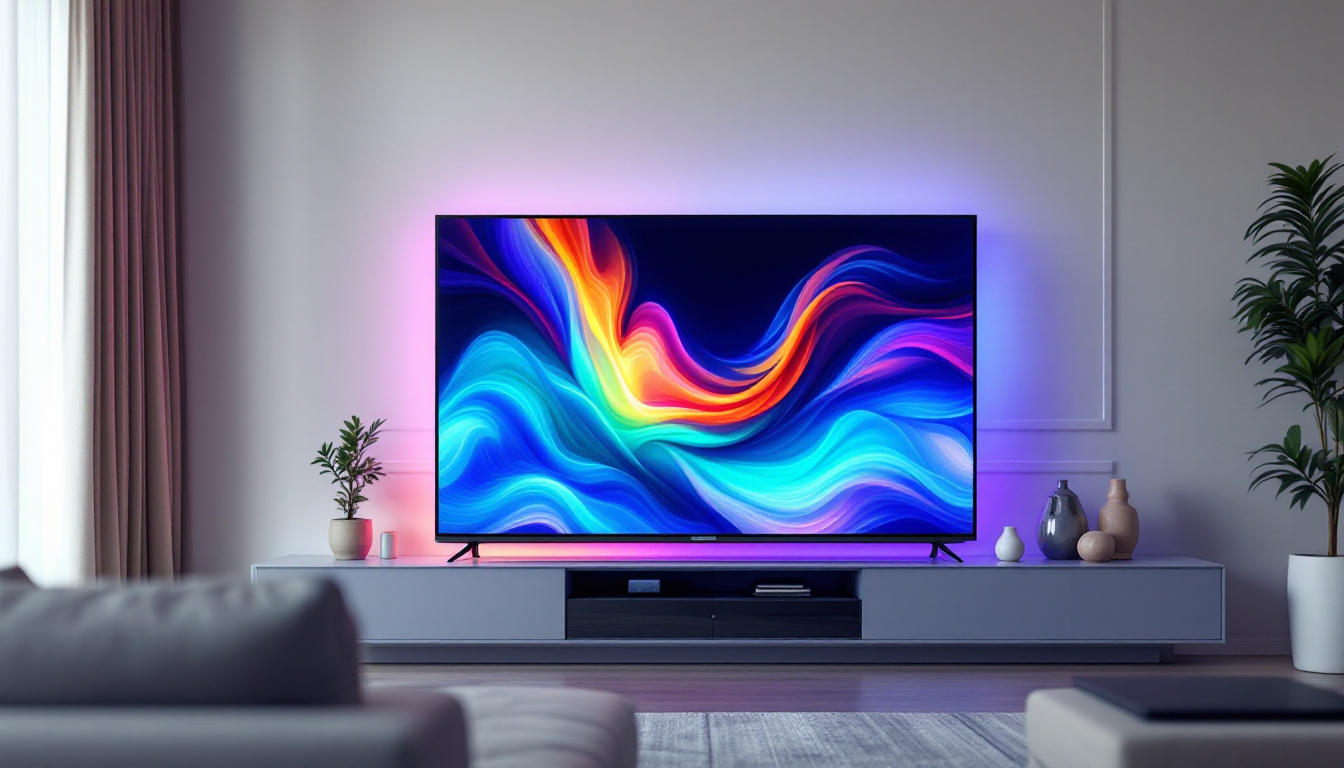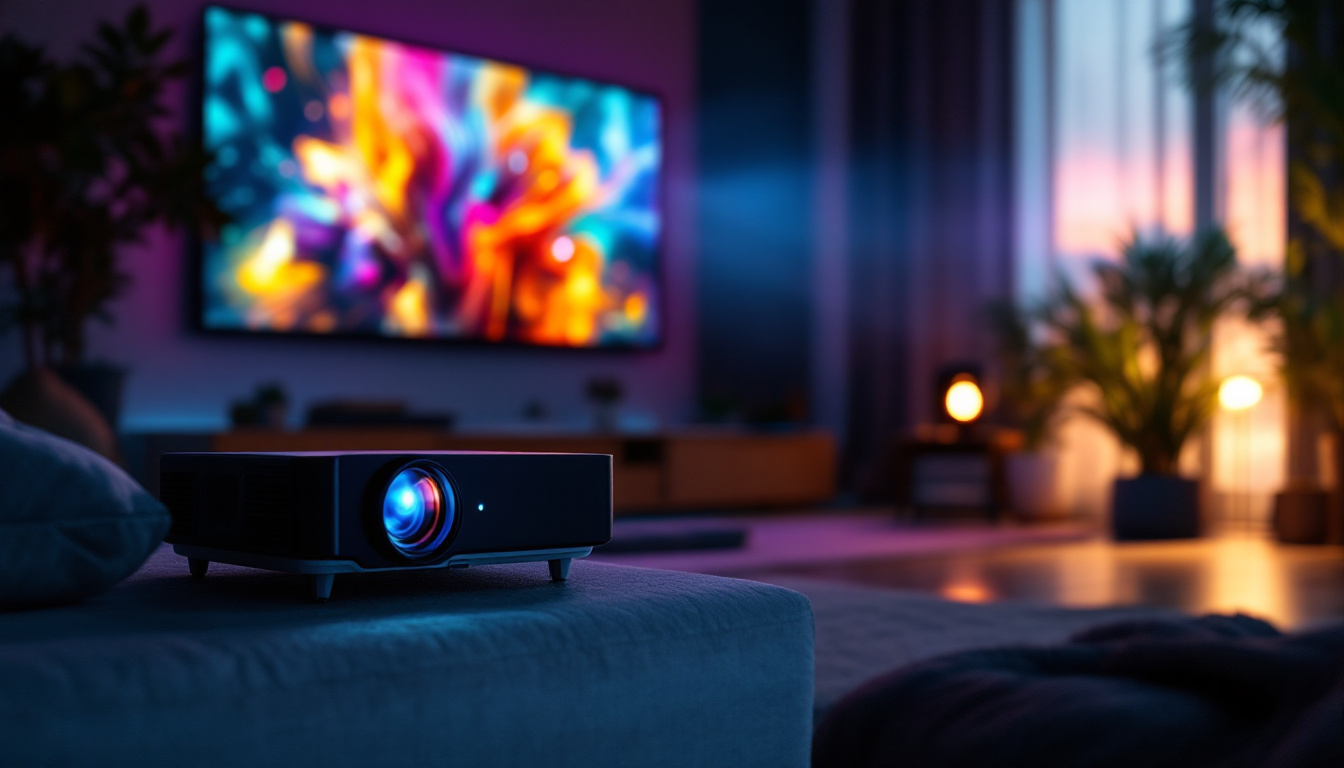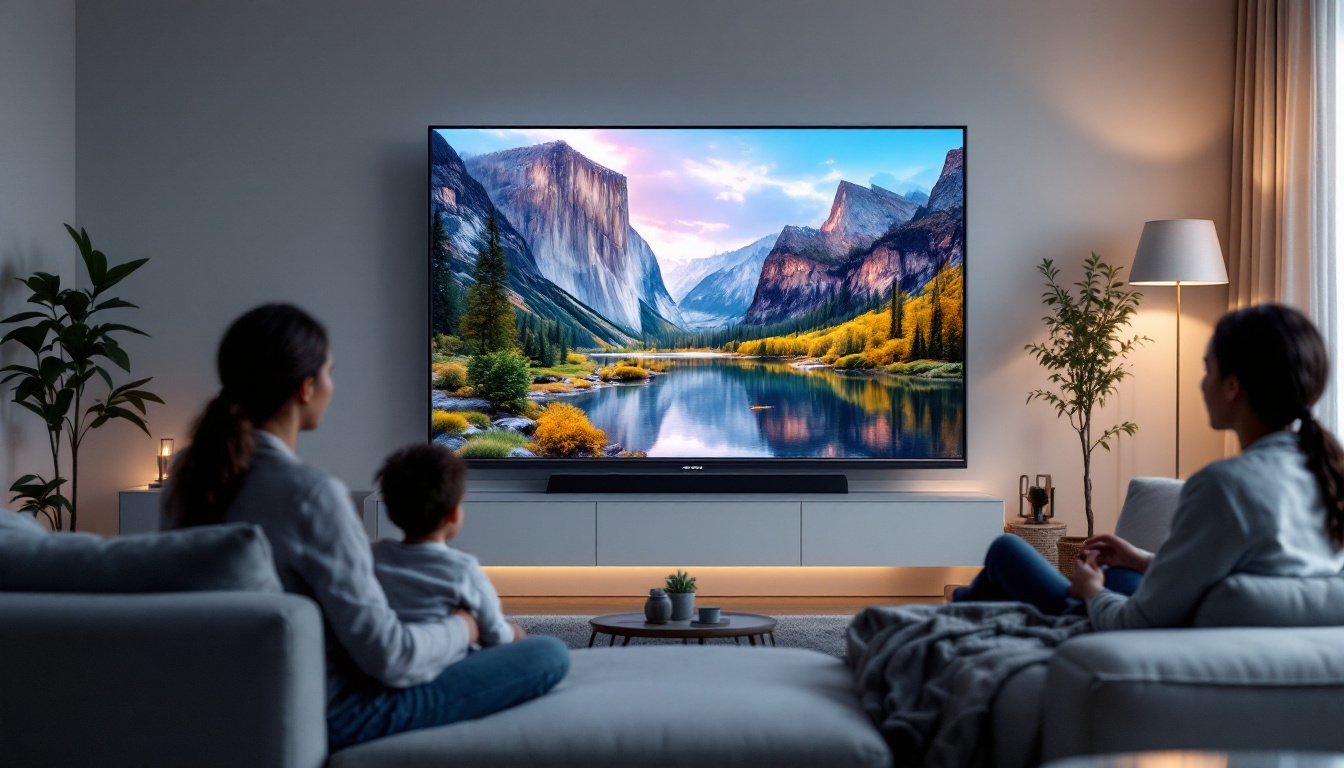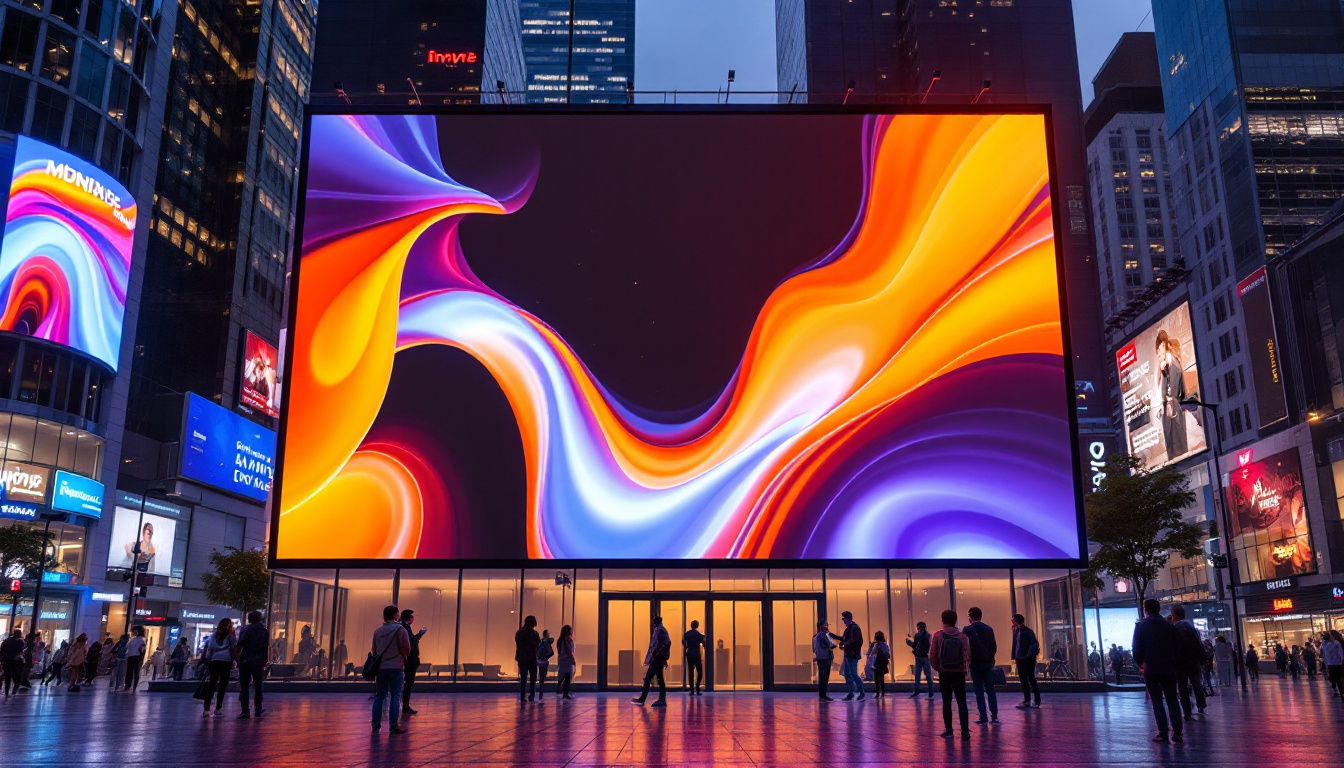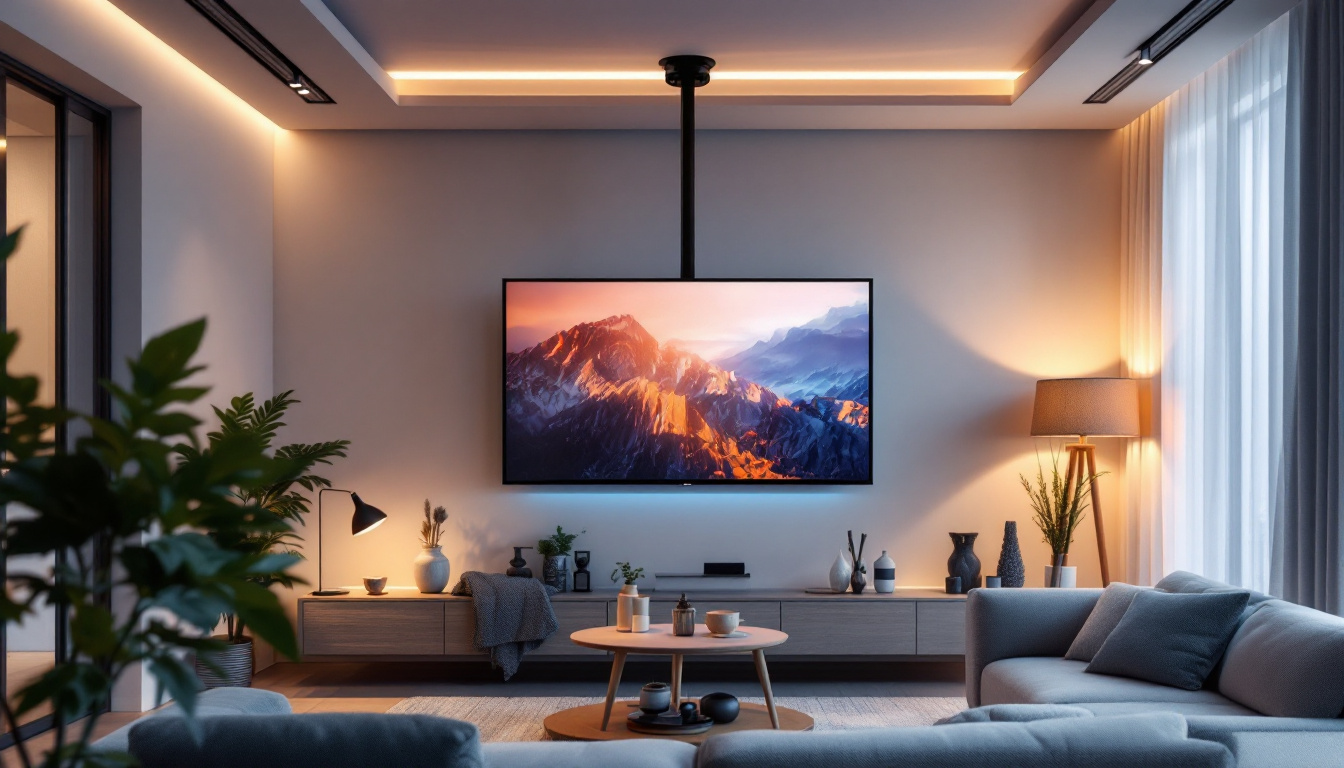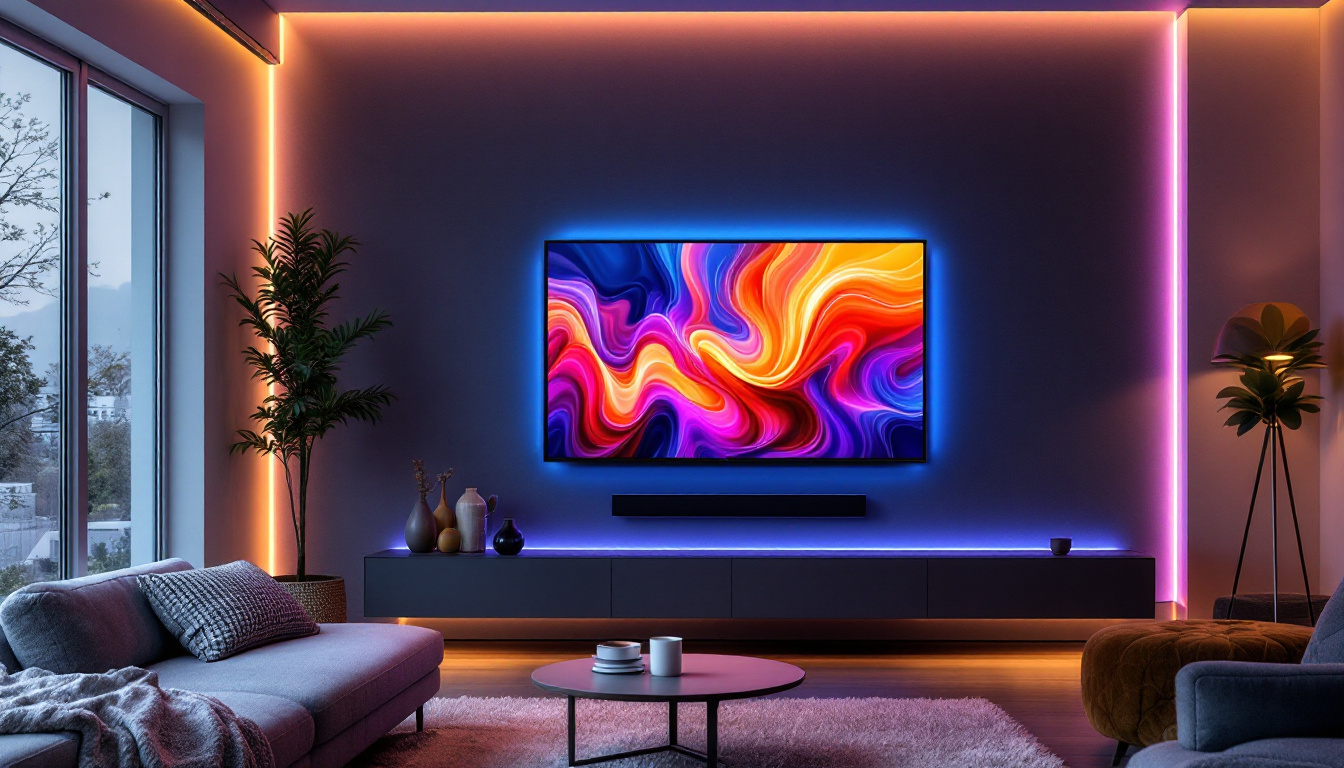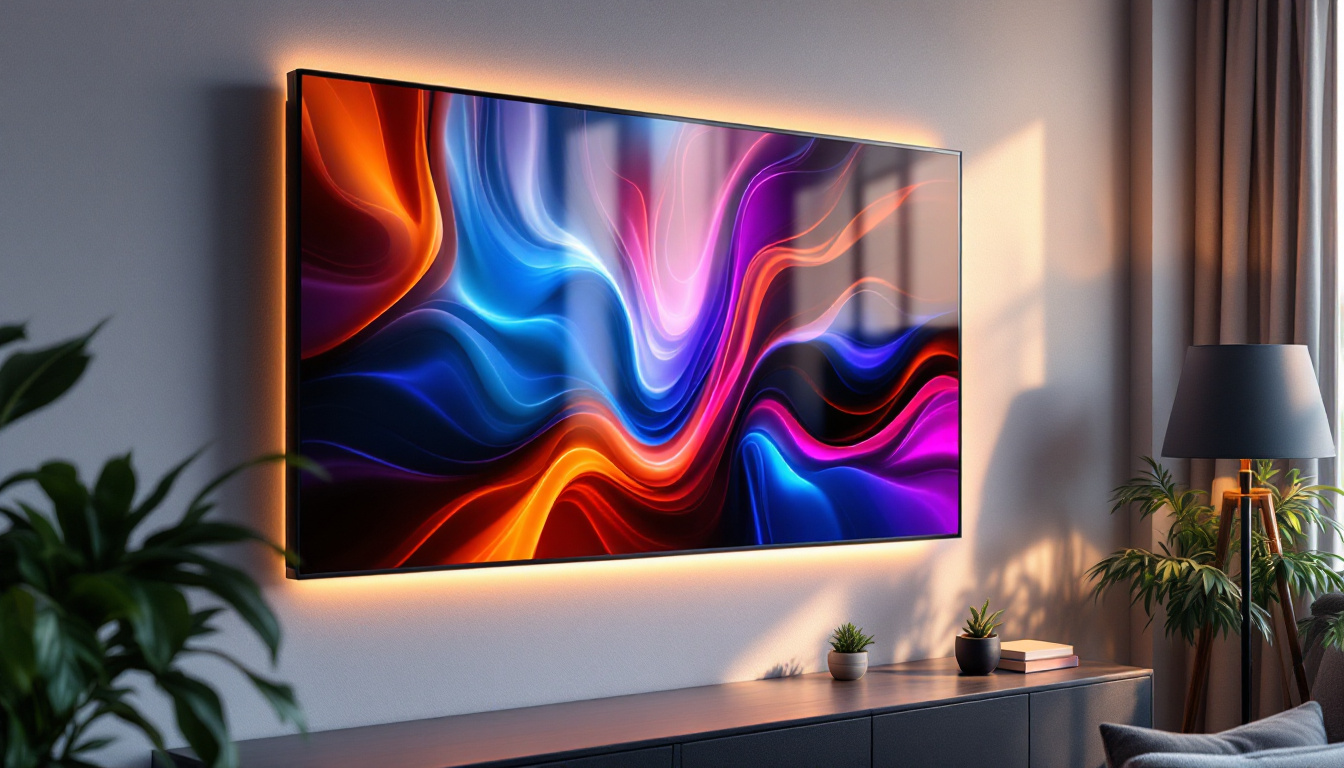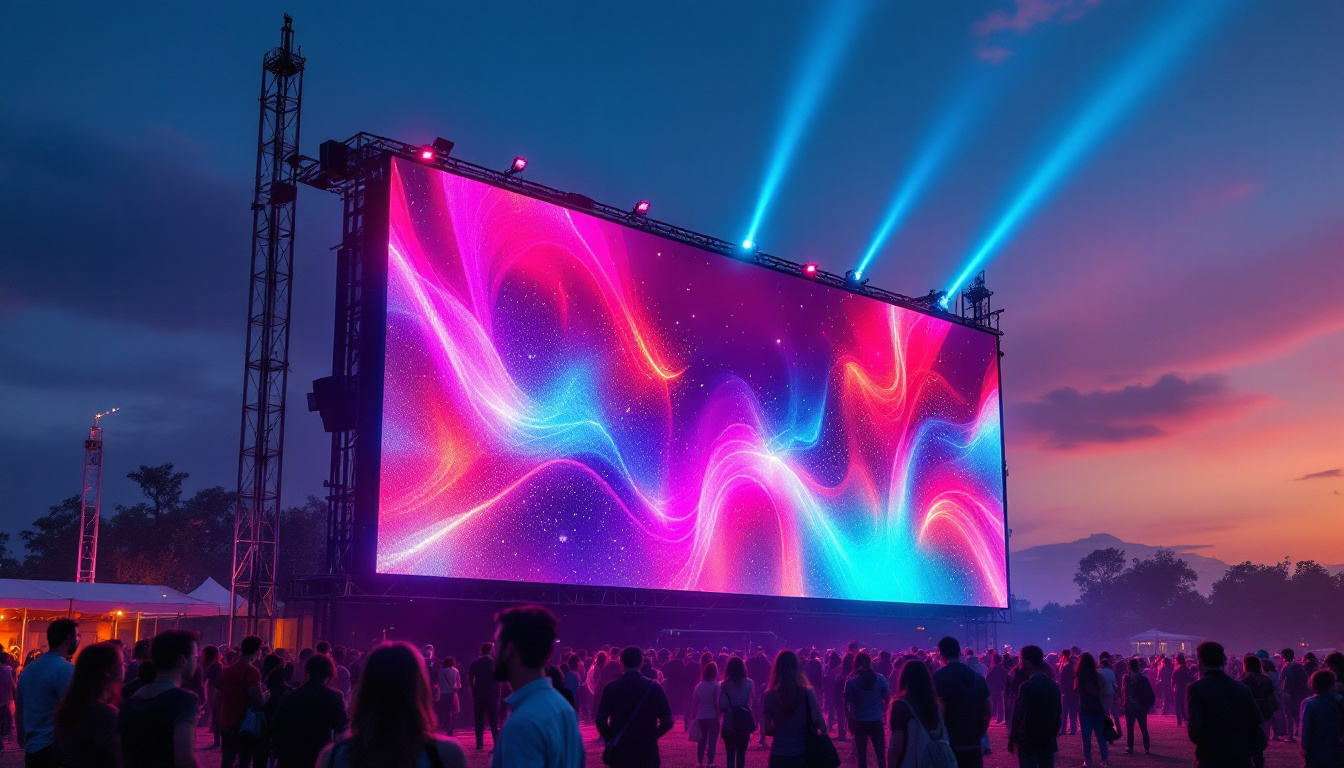In today’s digital age, the way we consume media has evolved dramatically. One of the most significant advancements in home entertainment is the rise of LED displays, particularly in the form of wall-mounted televisions. This article delves into the nuances of TV wall hanging, focusing on LED displays, their advantages, installation considerations, and the best practices for achieving an optimal viewing experience.
Understanding LED Displays
LED (Light Emitting Diode) displays have become a popular choice for televisions due to their superior picture quality, energy efficiency, and sleek design. Unlike traditional LCD screens that use fluorescent backlighting, LED displays utilize a series of tiny diodes to produce light, resulting in brighter images and deeper blacks.
The Technology Behind LED Displays
LED technology can be categorized into two main types: Edge-lit and Direct-lit. Edge-lit LED TVs have LEDs placed around the perimeter of the screen, allowing for a thinner profile. In contrast, Direct-lit LED TVs feature a grid of LEDs behind the screen, providing more uniform brightness and better contrast ratios.
Additionally, advancements such as Quantum Dot technology and OLED (Organic Light Emitting Diode) have further enhanced the capabilities of LED displays. Quantum Dots improve color accuracy and brightness, while OLED offers superior contrast and viewing angles, making it a contender in the high-end market. These technologies are particularly beneficial for viewers who enjoy watching movies or playing video games, as they enhance the overall viewing experience by delivering vibrant colors and sharp details.
Benefits of LED Displays
One of the most significant advantages of LED displays is their energy efficiency. Compared to traditional CRT or even older LCD screens, LED TVs consume less power, which translates to lower electricity bills over time.
Moreover, LED displays are known for their longevity. With a lifespan that can exceed 50,000 hours, these televisions provide a durable solution for home entertainment. The lightweight and slim design also make them ideal for wall mounting, allowing homeowners to save space and create a modern aesthetic. This versatility extends beyond just aesthetics; many LED TVs now come equipped with smart technology, enabling users to access streaming services, browse the internet, and even control their smart home devices directly from their television. This integration of technology not only enhances convenience but also transforms the television into a central hub for entertainment and connectivity in the home.
Furthermore, the rapid advancements in LED technology have led to the development of features such as high dynamic range (HDR), which significantly improves the contrast and color range of the display. HDR allows for a more realistic viewing experience by enabling the television to showcase a wider spectrum of colors and brightness levels, making scenes appear more lifelike. As a result, viewers can enjoy their favorite content with an unprecedented level of detail and vibrancy, whether they are watching a blockbuster film or a nature documentary.
Preparing for TV Wall Hanging
Before embarking on the journey of wall mounting a TV, several factors need to be considered to ensure a successful installation. Proper planning can make the difference between a seamless setup and a frustrating experience.
Selecting the Right Wall Mount
Choosing the appropriate wall mount is crucial. There are various types available, including fixed, tilting, and full-motion mounts. Fixed mounts are ideal for a straightforward setup, while tilting mounts allow for some adjustment to reduce glare. Full-motion mounts offer the most flexibility, enabling the TV to be swiveled and extended.
When selecting a mount, it’s essential to consider the TV’s size and weight, as well as the wall type. Most mounts come with a weight rating, ensuring that they can support the TV securely. Additionally, wall types such as drywall, concrete, or brick may require specific mounting hardware. For instance, if you’re mounting on drywall, using anchors or finding studs is imperative to ensure the mount can bear the load. Always refer to the manufacturer’s guidelines for the best practices in installation.
Finding the Optimal Location
The location of the TV is another critical aspect to consider. Ideally, the TV should be positioned at eye level when seated, which typically means the center of the screen should be about 42 to 48 inches from the floor. This height can vary based on the size of the TV and the seating arrangement.
Furthermore, it’s essential to consider the viewing distance. A general rule of thumb is to sit at a distance of 1.5 to 2.5 times the diagonal size of the TV for optimal viewing. This distance ensures that viewers can appreciate the full detail without straining their eyes. Additionally, take into account the room’s lighting; natural light sources can create reflections on the screen, so positioning the TV away from windows or using curtains can enhance the viewing experience. Moreover, think about the layout of furniture in the room; ensuring that seating is arranged to provide a clear line of sight to the screen will contribute to a more enjoyable viewing experience, making it a focal point of the room.
Installation Process
Once the preparations are complete, the installation process can begin. While it is possible to mount a TV independently, enlisting the help of a professional can ensure a secure and precise installation.
Gathering the Necessary Tools
Before starting the installation, gather all necessary tools, including a stud finder, level, drill, screwdriver, and measuring tape. Having everything on hand will streamline the process and minimize interruptions.
Additionally, it’s wise to have a second person assist during the installation. This not only makes it easier to lift and position the TV but also ensures that the mount is aligned correctly.
Step-by-Step Installation Guide
1. **Locate the Studs**: Use a stud finder to locate the wall studs. Mark their positions with a pencil, as this is where the mount will be anchored for maximum stability.
2. **Mark the Mounting Holes**: Hold the wall mount against the wall at the desired height, ensuring it is level. Mark the mounting holes with a pencil.
3. **Drill Holes**: Drill pilot holes into the marked locations. If mounting on drywall, ensure that you use appropriate anchors for added support.
4. **Attach the Mount**: Secure the wall mount to the wall using the provided screws and anchors. Double-check that it is level before tightening completely.
5. **Prepare the TV**: Attach the mounting brackets to the back of the TV, ensuring they are securely fastened.
6. **Hang the TV**: With assistance, lift the TV and hook it onto the wall mount. Ensure it is securely locked in place according to the mount’s instructions.
Post-Installation Considerations
After the TV is mounted, there are several post-installation considerations to enhance the viewing experience and maintain the setup.
Managing Cables and Wires
Cable management is often overlooked but is essential for a clean and organized look. Various solutions are available, including cable covers, raceways, and in-wall cable management systems. These options help conceal unsightly wires and create a polished appearance.
Additionally, consider using HDMI cables that support the latest standards for 4K and HDR content. This ensures that the TV can display the highest quality images without any lag or interference.
Calibrating the TV Settings
Once the TV is mounted, it’s crucial to calibrate the settings for optimal performance. Most LED TVs come with preset modes such as “Movie,” “Sports,” or “Vivid.” However, adjusting settings like brightness, contrast, and color temperature to suit personal preferences can significantly enhance the viewing experience.
For those who want to take calibration a step further, consider using a calibration disc or hiring a professional calibrator. This ensures that the TV displays colors accurately and provides the best picture quality possible.
Enhancing the Viewing Experience
To maximize the enjoyment of a wall-mounted LED TV, consider additional enhancements that can elevate the overall experience.
Sound Systems and Accessories
While modern LED TVs come with built-in speakers, they often lack the audio quality that enhances the viewing experience. Investing in a soundbar or a surround sound system can significantly improve audio quality, providing a more immersive experience.
Additionally, consider accessories such as universal remotes or smart home integration. These tools can streamline control over multiple devices, making it easier to switch between streaming services, gaming consoles, and other media sources.
Lighting Considerations
Lighting plays a crucial role in the overall viewing experience. Ambient lighting can reduce glare on the screen and create a more comfortable environment. Consider installing dimmable lights or smart bulbs that can be adjusted based on the time of day or the content being viewed.
Moreover, bias lighting—placing LED strips behind the TV—can enhance contrast and reduce eye strain, making for a more enjoyable viewing experience.
Conclusion
Wall mounting an LED TV not only saves space but also enhances the overall aesthetics of a room. With the right preparation, installation, and post-installation considerations, homeowners can enjoy a sleek and modern entertainment setup. By understanding the technology behind LED displays, choosing the right mount, and optimizing the viewing environment, anyone can create a home theater experience that rivals commercial setups.
As technology continues to evolve, staying informed about the latest advancements in TV displays and accessories will ensure that the home entertainment experience remains top-notch for years to come. Whether it’s through enhanced sound systems, proper calibration, or effective cable management, the effort put into creating an optimal viewing environment pays off in enjoyment and satisfaction.
Discover LumenMatrix LED Display Solutions
Ready to elevate your home entertainment experience with the latest in LED display technology? LumenMatrix is at the forefront of innovation, offering a wide range of LED display solutions that bring your media to life. From immersive Indoor LED Wall Displays to dynamic Outdoor LED Wall Displays, our products are designed to deliver unparalleled visual quality and performance. Transform your space with our cutting-edge LED Sports Displays, LED Poster Displays, and more. Embrace the future of visual communication and check out LumenMatrix LED Display Solutions today to create captivating visual experiences that resonate with audiences and amplify your message.

